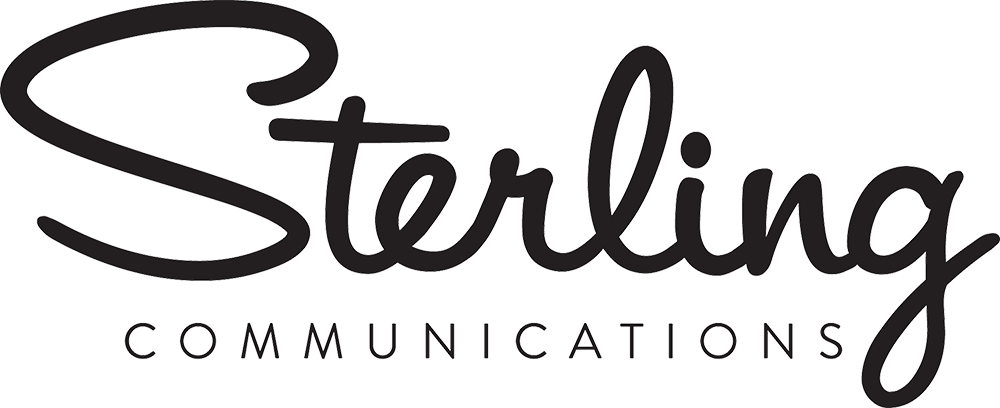Hear ye, hear ye! The internet has become the proverbial town square and digital advertising is marketing’s town crier.
The field of advertising is a distinct profession with its own litany of skills and processes, But digital advertising generally falls under the purview of company marketing departments — and it can cross into the sphere of public relations.
Marketing and public relations can have similar goals, but function very differently. Public relations (PR) primarily aims to inform and attract notice. It’s about building and maintaining reputation and relationships. Marketing wants those things, too, but is primarily aimed at promoting, selling, and distributing a product or service. The two often overlap because the success of one objective often hinges on the other.
A PR use case for digital ads
Say you’re hosting an event or webinar — a project that serves the aims of both PR and marketing. It will showcase expertise and it will generate potential leads. You’ll want to attract attendees, and digital ads are a great way to get the word out and make that happen.
Digital ad creation and distribution are core ingredients in successful marketing campaigns. Ads are a great way to reach a broad audience, which is generally accomplished through placement in various online venues and publications. Each venue for digital advertising presents different opportunities for engagement and will reach a bit of a different audience. Each also comes with its own pricing models and metrics, such as CPM (a marketing term for the cost an advertiser pays per one thousand advertisement impressions on a web page).
When deciding which outlet to use for digital advertising, you will want to think about who you are trying to reach and what you want them to do. In the case of our hypothetical event, you want them to register and attend. So the content of your digital ad must be inviting! It must also inform potential attendees of what they can expect, as well as when and where the event is taking place. The ad should also provide an easy way to register and participate, such as a link to a registration webpage with all the details and handy “add to my calendar” buttons.
Common digital advertising outlets
Targeting digital ads to the right audience is a key factor. When it comes to attracting attendees to an event, some common outlet examples are Patch.com, local newsgroups, Google Ads, Facebook-boosted posts — even old-school print ads can play a role.
Patch.com
Patch.com is a geographically localized online source for events and news. On Patch.com, you can post and publish content advertising to a target neighborhood or region. It’s usually an inexpensive way to reach audiences in a specific locale.
Local news groups
Local news groups sell ad space for both print and online outlets. They’re normally a bit more expensive than Patch.com, but will often guarantee a certain number of impressions. To reach the desired number of impressions for your budget, they will run the ad until the impressions are met.
Google Ads
Google is the Big Daddy in digital advertising. Google Ads runs digital advertising on Google Display Network, which includes a collection of websites (Google websites, mobile sites, and apps). But that doesn’t mean it has to cost a fortune. Outreach settings can be adjusted to reach a larger target audience and still remain inexpensive. There are a ton of options for optimizing ad size, layout, and audience.
Google responsive ads
Google responsive ads are a particular flavor of Google Ads that’s worth mentioning. This platform creates the ads for you based on headlines, descriptions, and images you upload. Google’s AI algorithm pieces together, distributes, and adjusts the best combinations using software to continuously push out the best performing digital ad combinations for the duration of your run.
Boosted social media posts
Boosted social media posts are simple to use across company social media accounts. You just pay to promote a digital ad shared as a post on Facebook, LinkedIn, Twitter, Instagram, or other social media platforms. When choosing to boost a post, you will want to focus on the platform(s) preferred by your targeted audience, and where you have the most followers and interaction.
Measuring success for digital ads
Digital ads in marketing campaigns produce quantitative measurements. Marketing departments can use analytics to track performance over the course of a campaign, which lets you adjust strategy on the fly, and monitor how many people you are reaching through your advertising efforts against, say, the number of registrations for your event. Such measurements are useful for optimizing future digital advertising efforts, as well as better understanding audiences and potential customers.
If you are interested in learning more about digital ads and their use in marketing and public relations, we’re here to help! Reach out to us at go@sterlingpr.com.
